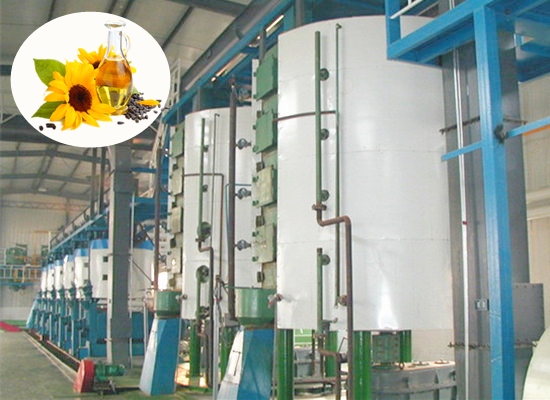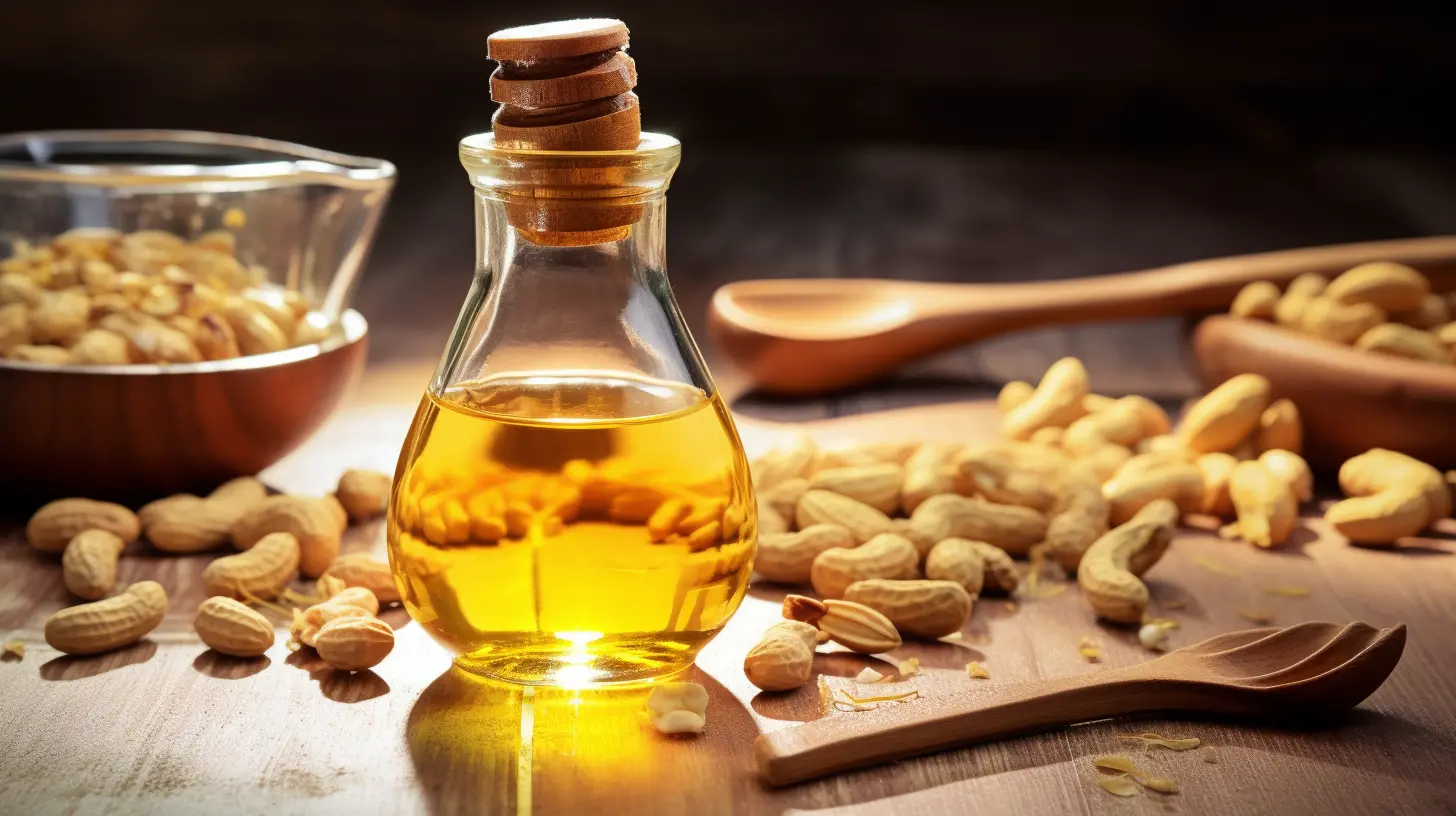
In today's global market, the demand for high - quality peanut oil is on the rise. Consumers worldwide are increasingly concerned about the quality, safety, and nutritional value of the oils they consume. However, they often encounter problems such as inconsistent quality, low nutritional content, and potential contamination in the peanut oil available in the market. This专题报道 (special report) will take you through the entire production process of high - quality peanut oil, highlighting the strict standards and exquisite craftsmanship of [Company Name], and showing you how we ensure the top - notch quality of our peanut oil.
The quality of peanut oil starts with the selection of raw materials. [Company Name] uses a grading sieve to carefully screen the peanuts. This process can separate peanuts of different sizes, densities, and qualities. By removing impurities, damaged peanuts, and foreign objects, we ensure that only the highest - quality peanuts enter the production line. Studies have shown that using well - selected peanuts can increase the oil yield by about 5% and significantly improve the overall quality of the peanut oil.

Baking is a crucial step in peanut oil production. [Company Name] precisely controls the baking temperature between 130 - 150 degrees Celsius. This temperature range can not only remove the moisture in the peanuts, making them easier to crush, but also trigger a series of Maillard reactions, which endow the peanut oil with a rich and fragrant flavor. Research indicates that proper baking can enhance the flavor intensity of peanut oil by approximately 30%.
After baking, the peanuts are sent to the crusher. Our advanced crushing equipment can break the peanuts into small particles, increasing the surface area for oil extraction. This step can improve the oil extraction efficiency by about 10%, ensuring that more oil is extracted from the peanuts.
In the oil extraction process, [Company Name] uses state - of - the - art screw oil presses. These presses can apply appropriate pressure to the crushed peanuts, effectively extracting the oil while keeping the residual oil rate in the peanut cake below 5%. This not only maximizes the oil yield but also reduces waste.

Refining is the final and most important step in improving the quality of peanut oil. It can remove impurities, free fatty acids, pigments, and odors in the crude oil, making the peanut oil clearer, more stable, and longer - lasting. [Company Name] uses a combination of physical and chemical refining methods, including degumming, deacidification, decolorization, and deodorization. After refining, the acid value of our peanut oil can be reduced to less than 0.2 mg KOH/g, and the peroxide value can be controlled below 0.1%. These指标 (indicators) are far better than the industry average, ensuring the high quality and safety of our peanut oil.

Over the past five years, [Company Name] has continuously improved its production process. Our peanut oil sales have increased by an average of 15% year - on - year. In a recent consumer survey, more than 90% of respondents said they were satisfied with the quality and taste of our peanut oil. These data fully demonstrate the high quality and market recognition of our products.
In conclusion, [Company Name] adheres to strict production standards and exquisite craftsmanship throughout the entire production process of peanut oil. From raw material selection to final refining, every step is carefully controlled to ensure that our peanut oil meets the highest quality requirements. If you are a global purchaser looking for high - quality peanut oil, [Company Name] is your best choice. Contact us now to start a mutually beneficial cooperation!

